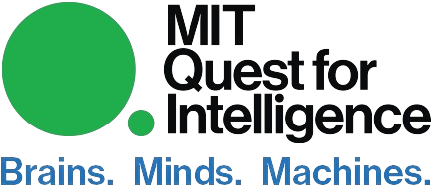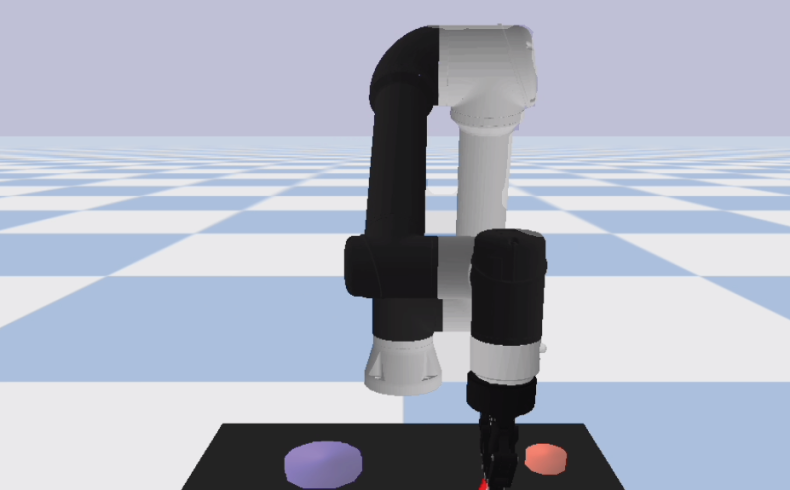Recently, robotics researchers have used large language models (LLMs) to develop a sequence of specific steps to achieve simple tasks. A team including Professors Lozano-Pérez and Kaelbling have published a paper that explores LLM planning for continuously parameterized skills that avoid violations of a set of kinematic, geometric, and physical constraints.
The team gives an example of asking a robot to clean a kitchen — if the robot doesn't understand the parameters and limitations of the space it is in, there are likely to be broken dishes or a wet floor. The LLM is used to propose steps to complete a task, then examines those steps to determine the feasibility. If there are problems with any individual step, it generates another proposal until it has a working process.
Eventually, they hope that robots will understand that a command like "clean the kitchen" means that dirty dishes go in the dishwasher, clean cups belong in the cupboard, and a mop should be used on the floor.

